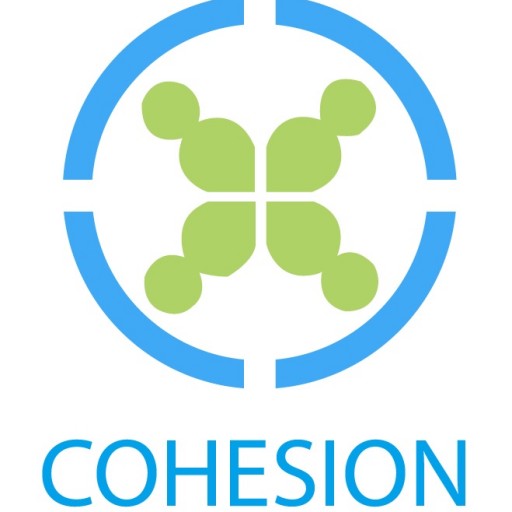The intervention in Peru was launched through coordinated efforts to enhance healthcare delivery via capacity-building, didactic materials, communication strategy, and the delivery of equipment, furniture, and supplies to healthcare facilities.

The implementation of the intervention has officially commenced in Peru, establishing a comprehensive three-component approach to improve health system responsiveness and satisfaction of people with chronic conditions through an audio-based communication strategy, capacity building for health workers, and the delivery of healthcare equipment, furniture, and supplies to primary healthcare facilities.
The capacity-strengthening component for healthcare workers in the intervention consists of virtual and self-paced modules and an in-person workshop. This training covers concepts and tools to effectively manage hypertension, type 2 diabetes, and neurocysticercosis at the primary healthcare level, including strategies to improve communication and promote behavior change to enhance adherence and effectiveness in managing chronic diseases. The virtual training officially began on August 1, 2025, with half of the 60 participants actively engaging through the virtual platform. The in-person training program took place from September 3 to 6, 2025, at two sites in northern Peru, with 47 participants from the Regional Health Directorate (DIRESA) and healthcare workers from the highest-level referral facilities within the intervention communities, as well as from the six healthcare facilities participating in the intervention. The in-person training programme focused on strengthening healthcare communication skills and the clinical management of the three prioritized diseases. Additionally, two key monitoring sessions are planned for late September and October, with the project’s final work scheduled for November.
The second component of the intervention consists of an audio-based communication strategy also launched on August 1, 2025 in collaboration with four local radio stations. During the initial five weeks, the first series of five promotional spots were broadcast across all partner stations. To support the next phase of the strategy, a coordination meeting with radio partners facilitated the sharing of upcoming content, including a radio soap opera and interview programs, supported by detailed daily broadcasting schedules. The communication strategy extends beyond local radio stations, with content disseminated through six private loudspeakers under formal agreements and two additional loudspeakers committed to broadcasting the content without financial compensation, thereby significantly expanding the community’s reach. Content will also be disseminated through WhatsApp groups and the established networks of local leaders.
Throughout the first two intervention components, complementary materials have been distributed to each health facility, including informational posters, cards with pre-designed questions to facilitate communication between patients and healthcare workers, and promotional materials supporting both the effective use of the cards and raising awareness about the audio-based communication strategy. Additional efforts included workshop sessions specifically focused on correct card usage, ensuring the practical implementation of this by all local healthcare workers.
The third component of the intervention involved the coordinated procurement and distribution of primary healthcare equipment, furniture, and supplies. This donation was initially received by the Regional Health Directorate (DIRESA) and subsequently delivered to sub-regional health authorities for inventory management. The process is now complete, and all materials have been successfully delivered to the six health facilities.
